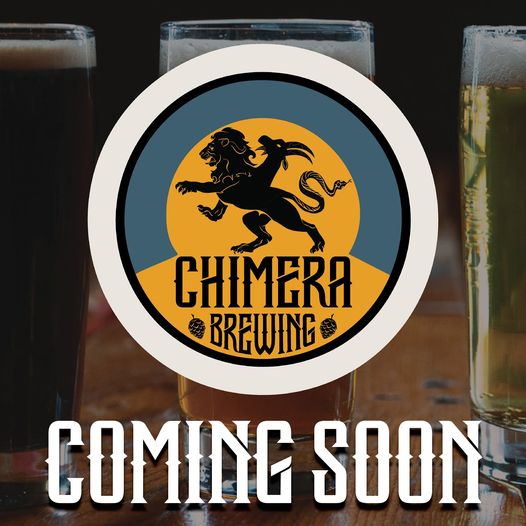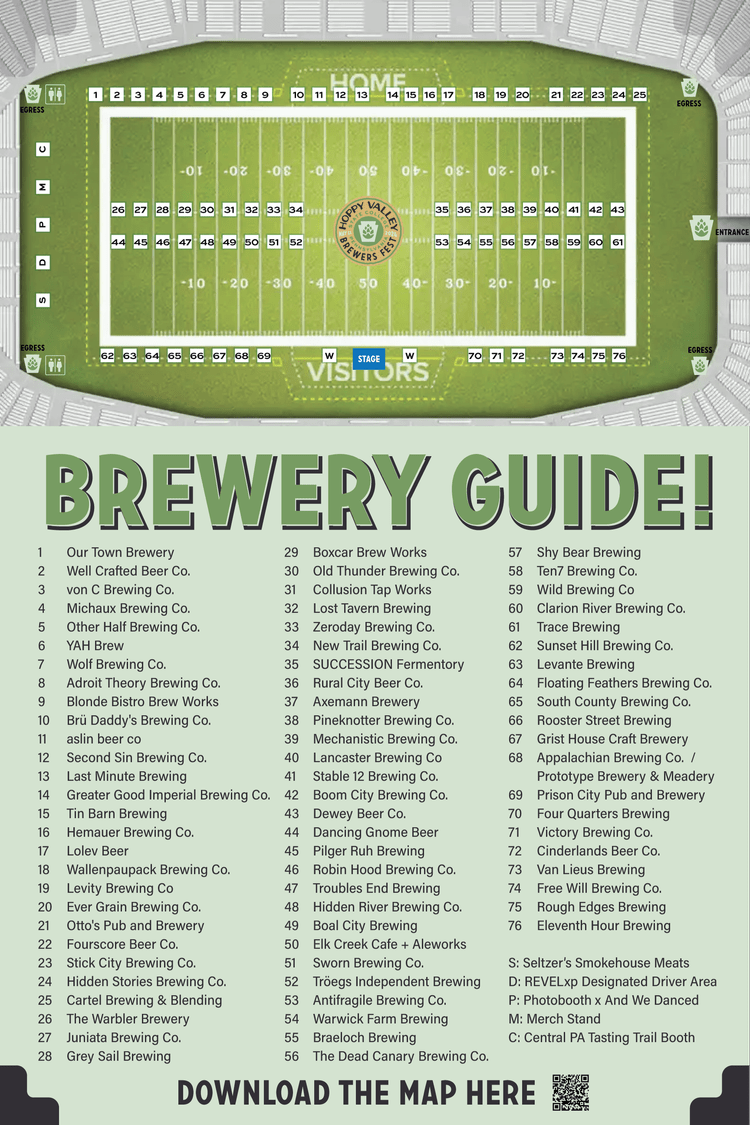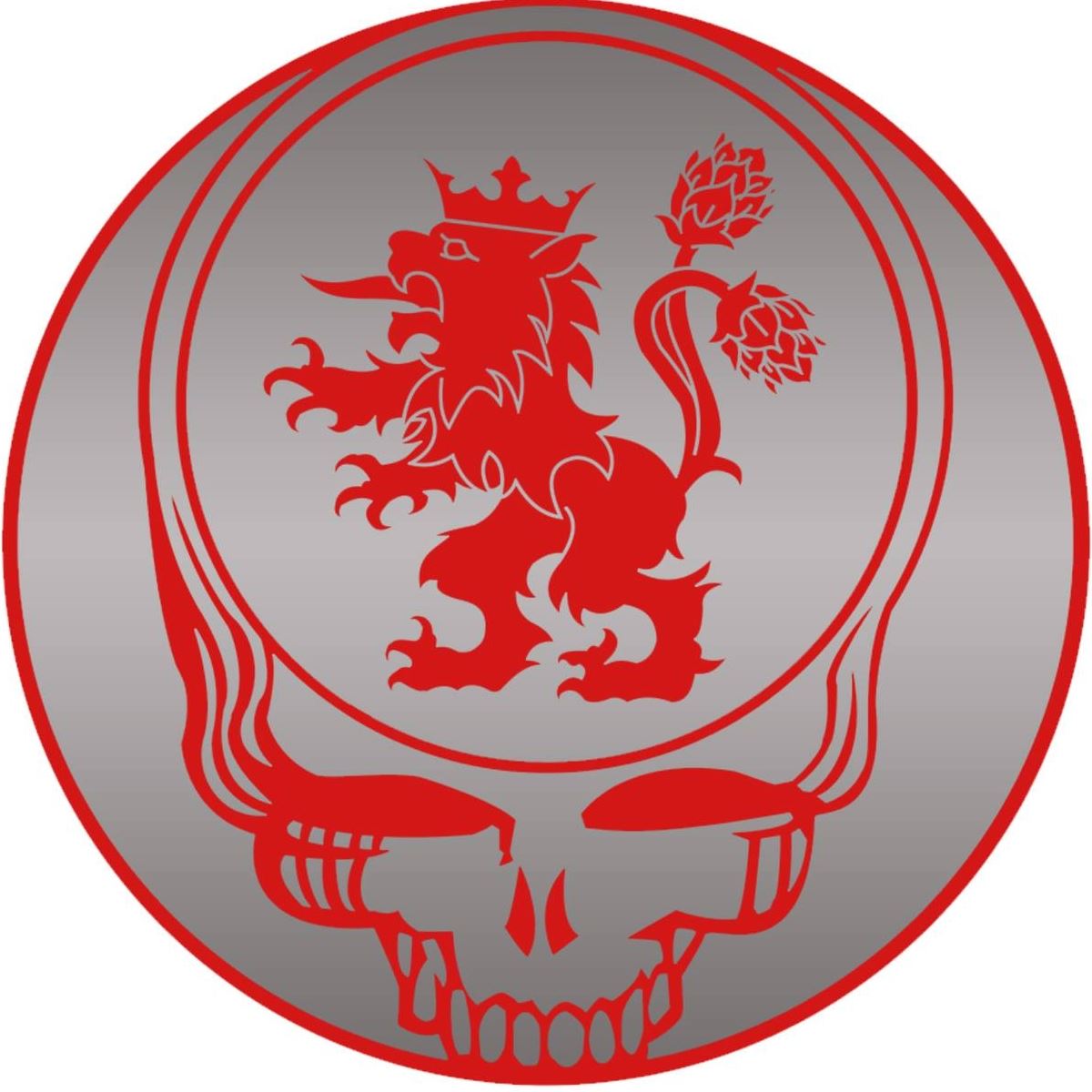Beer Education: Module Eight: Beer Filtration and Packaging
As with every other module, we begin with a quick summary and preview video that takes about a minute and twenty seconds to start us off. Discussing what happens after fermentation and maturation.
The next page is a text page titled “What is Filtration?”. “During filtration, a turbid liquid (in this case: unfiltered beer) is mechanically separated by a filter medium into a clear filtrate and a residue. The beer is forced through this filter by applying pressure, so that there is a pressure difference between the inlet (where the unfiltered beer enters) and outlet (where the filtered beer exits) of the filter.” (EdX: The Science of Beer Brewing. Module Eight.)
The main goal of filtration is to remove yeast cells, as well as things that could result in a hazy beer (obviously, notwithstanding purposeful hazy beers like New England IPAs and pale ales). This also results in better beer stability. Filtration is also a way to remove some bacteria, further helping with the sterilization of the beer and protecting the drinker (customer).
Beer is usually filtrated after lagering. (After fermentation but before bottling.) The speed of filtration depends on the number of yeast cells and the fermentation equipment used.
Next is a page of text and diagrams discussing the different filtration mechanisms. There is several ways, but the big three are: surface filtration, depth filtration (mechanical retention), and adsorption filtration. (The page provides a diagram for each of these mechanisms.)
Clicking next we come to another text page – introduction to filter types.
- Sheet Filters – This filter consists of filter sheets between plates.
- Membrane Filters – The beer is passed through membranes with very fine pores.
- Filter-aid Filters – Filters coated with specific filter-aid. Kieselguhr is most commonly used in the beer industry
Filter aids come in two main varieties: Kieselguhr and perlite. “Kieselguhr is also called diatomaceous earth. It is the fossilized remains of diatoms, single-celled micro-algae with a hard but porous cell wall composed mainly out of silica – SiO2. These skeletal remains were deposited on ocean bottoms millions of years ago. Kieselguhr has a high porosity, causing substances to be filtered out from the beer due to mechanical retention. Kieselguhr only has limited adsorption capacities, implying that it does not significantly alter flavor and color of the filtered beer.” (EdX: The Science of Beer Brewing. Module Eight.) “Perlite is a material of volcanic origin. It is volcanic glass formed by the hydration of obsidian- a rock formed by the rapid cooling of lava. By heating perlite to 800°C, the water inside will expand and ultimately cause the perlite to burst. The resulting glassy structures are then milled to yield perlite powder, a very light, loose powder. Perlite consists of aluminium silicate. Because of the grounding, perlite does not possess a fine, internal structure and filtration mainly happens due to the cavities and channels between the perlite particles.” (EdX: The Science of Beer Brewing. Module Eight.)
Moving onto the specific filter types, first up – sheet filters. Sheet filters are fiber sheets that are hung between plates. The sheets are mostly cellulose but also use Kieselguhr (typically). The unfiltered beer flows from one plate to the next via the filters. In breweries, sheet filters are used for the finest filtration – also called polishing. There is some disadvantages to sheet filters; they are: occupy a large amount of space, need to be cleaned manually – so time consuming and hands on, filtering of turbid beers can be a very slow process, and high operating costs due to water usage and time factors.
Filter aid filters are the next type we take a look at. Filters are pre-coated with a filter-aid. The particles of filter-aid are smaller than the pores of filter support that they are coated on. To prevent this from getting into the beer the filter-aid is applied in three layers:
- Precoat Layer
- Safety Layer
- Continuous Dosing
The most commonly used filter set-up using filter-aid filters is a set-up using kieselguhr-PVPP, with PVPP standing for polyvinylpolypyrrolidone.
Membrane filters have extremely very fine pores, like a giant mesh. This mesh or membrane filter catches the most and has quickly become the more popular way of filtration for many breweries in America. A big disadvantage to the membrane filter though – is when the pores get coated in with the impurities of the unfiltered beer, building a wall to them that lets nothing past. To prevent this, beer can be pre-clarified before ran through the membrane filters.
The next page is a 4:45 minute expert clip by Dr. David De Schutter, who works for AB InBev Europe. AB InBev has over 250 breweries, with countless amount of filtration systems throughout these breweries. AB InBev has its own interbrew filtration system.
Following the expert clip is a ‘quick knowledge check’. It is two questions, a drop and drag question, and a ‘check all that apply’ question.
We now move onto the next subject – beer packaging. The first page is ‘types of beer packaging’. Any consumer of beer should be pretty familiar with the various types of beer packaging. There are three main types of material styled products:
- Glass or PET (polyethylene terephtalate) bottles
- Cans (aluminum)
- kegs
The types used by breweries vary for purposes of the beer and how it is sold, as well as region. In Europe, glass beer bottles are preferred and favored; where as in America consumers prefer aluminum cans, especially for the larger macro produced beers (Budweiser, Miller Lite, Coors Lite, etc.)
The next page is about glass beer bottles. Some of the important features of a glass beer bottle are: neutral to taste, impermeable to gas, and heat resistant. However; glass is heavier, and prone to breaking when transporting. The preferred color of a bottle is brown glass or brown-sugar class; primarily to prevent ‘skunking’. “This is because brown colored bottles offer the best protection against the formation of something that is called a lightstruck flavor – a pungent smell that is often described as ‘skunky’. This skunky flavor is caused by photo-oxidation of isohumulones (iso-alpha acids), important compounds derived from hops. This photo-oxidized product can react with thiols present in the beer and this results in the formation of 3-methyl-2-butene-thiol, also known as MBT. It is MBT that is responsible for the pungent, lightstruck smell in beers. MBT also has a very low flavor threshold: only a few ng per L (ppb) are sufficient for people to pick up the smell.” (EdX: The Science of Beer Brewing. Module Eight.) This is followed by a diagram showing how MBT forms.
For green bottles, the brewers use special hop extracts containing hydrogenated or reduced iso-alpha acids. Green glass bottles can also be coated with a lightblocking layer as well to prevent the MBT formation.
Up next is a 2 minute video about the bottling line. The next page is a text and diagram page about filling bottles with the beer. Home brewers and commercial brewers use similar equipment, but just on much different size and scope.
Following this is a page on carbonation. Carbonation is the process of dissolving carbon dioxide in a liquid; in this case in the beer. The degree (amount) of carbonation in a beer is a big factor in many ways for different types of beer. It can also potentially be too much, causing ‘gushers’ or ‘geysers’ when opened. It adds body and mouthfeel to a beer, foam formation, foam stability, and also can affect the hop aroma.
Carbonation can be performed before or after packaging. Beer can be carbonated one of two ways – natural carbonation or forced carbonation. Natural carbonation comes during the fermentation process (usually near the very end). Forced carbonation is after the beer is fully fermented, carbon dioxide is pumped into a sealed beer container, this allows the carbon dioxide to be absorbed into the beer.
Next up is a nearly seven minute expert clip from Dr. David De Schutter. In it he discusses beer packaging, especially how to minimize beer oxidation. At this point, oxygen is the ultimate evil for beer. Another aspect is making sure the beer is drinkable and microquality is ensured. Using either flash pasteurization or sterile filtration. Once again, following the video clip is another ‘quick knowledge check’. It is one question and is ‘check all that apply’ question.
We now move onto the next portion of this module – microbiological stability of beer. The first page is an intro to this segment of the module. We start off with pasteurization. “Pasteurization is a process used to increase shelf-life of food products and beverages, including beer. It is named after the French scientist Louis Pasteur. Remember him from the timeline in Module 1? Not only did Pasteur discover that yeast is responsible for the fermentation process, he also discovered that thermal processing of beer and wine would prevent them from souring. This is because the increased temperature destroys or inactivates micro-organisms that could otherwise lead to beer spoilage, or that, in the case of pathogenic microbes, even be harmful to humans. For example, if microbes such as lactic acid bacteria would still be present in the packaged beer, they would lead to sour beer by producing lactic acid. Presence of Pediococcus species in the packaged beer would lead to butter-like off-flavors because of diacetyl production. By pasteurizing the beers, these microbes are inactivated and hence cannot produce these compounds anymore. In other words, pasteurization increases microbiological stability of the beer.” (EdX: The Science of Beer Brewing. Module Eight.)
Beer pasteurization can be performed before or after packaging of the beer. There are two main types of pasteurization, namely flash pasteurization and tunnel pasteurization.
Flash pasteurization: “The term flash pasteurization refers to short-time pasteurization (15-30 sec) at high temperatures (71-74°C), with temperatures used in flash pasteurization being higher than those used in tunnel pasteurization. Flash pasteurization is most often used for beer that will be filled in kegs, and is most often done using plate heat exchangers. ” (EdX: The Science of Beer Brewing. Module Eight.)
The steps for flash pasteurization:
- cold beer is warmed up
- beer is brought to the pasteurization temperature (and maintained there for a short while)
- the beer is cooled down again
- the beer then needs to be packaged
Tunnel pasteurization – “Tunnel pasteurization is often incorporated in the beer filling process. Tunnel pasteurization is performed on packaged beer (in cans or bottles). Bottled or canned beers slowly pass through a long, narrow chamber (a tunnel, hence the name tunnel pasteurization) and are warmed up by spraying them with warm water for a fixed time before cooling. The beer is held at a pasteurization temperature of 60°C for a set time, usually around 30 min. The exact time of pasteurization also depends on the type of beer that needs to be pasteurized. In contrast to flash pasteurization, the beer inside a bottle does not all heat up in the same way in tunnel pasteurization – resulting in a temperature gradient inside the bottle.” (EdX: The Science of Beer Brewing. Module Eight.)
Cold sterile filling is also a method, and is actually gaining traction because the above procedures can age a beer quicker (due to the rising temperatures).
Beers in glass or aluminum cans have labels. Just like food at your grocery store, beer also requires labels. It lets you know key information about the beer, at the worst, it allows you to know the name of the beer so you at least know what the heck you’re drinking. Different regions, countries, and states require different information to be presented on the beer labels for the sake of the consumers as well as for those shipping the beers. The EdX course gives the example of Belgium which requires the following information:
- Product Type
- List of Ingredients
- Net quantity in metric units
- Date of minimum durability
- Special conditions for keeping or use
- Name or name of business, address, manufacturer, packager, and importer
- Country of origin or provenance
- Alcohol content for beverages that contain more than 1.2% ABV (alcohol by volume)
- Lot identification
The page then has a discussion page where it is asking people to show their favorite beer labels. I presented the label from Fourscore Beer Co’s “This is Nut the Fluff You’re Looking For“. (Which if you click the link you can see my review of.)
My post: “

I chose this label because I’m a huge Star Wars fan, and I love how it both imparts what the beer is, as well as a fun pun, and uses the Star Wars theme. I think its done very well and is a nice clean, crisp, American craft brewery beer label.
https://thebeerthrillers.home.blog/2020/03/24/beer-review-this-is-nut-the-fluff-youre-looking-for-fourscore-beer-co/
-B. Kline
The Beer Thrillers
https://thebeerthrillers.home.blog/ – “
The next page we move onto the next module. The first page is a list of materials to collect for the ‘do it yourself’ experiment in Module Nine. After this is a page for verified track learners about priming sugars and carbonation. Next page is on the different priming sugars for carbonation. There are three main sugars for priming: corn sugar, table sugar, and dry malt extract (DME).
The next page (still listed on verified track learner; although it is letting me, a non-verified track learner see and read it) is about the carbonation levels of different beer types. It has a chart of recommended levels of carbonation per beer styles, for ex. Belgian Ales – 3.8 to 4.8 (g/l).
Now we come to the ‘end’ of the module. With the overview and check page. Followed by the assessment for verified track only. (Which this did not let me view.) After this is the feedback and questions page as is typical for the end of each module. I posted under the topic “Can vs. Bottle”:
“I find it in interesting in America that especially in the last few years there has been a greater move to go from bottle to can. Likewise from growler to crowler. I actually tend to prefer bottles for the 12oz and 16oz varieties, but prefer crowler (32oz) over the growler (32oz). Can’t exactly place why, perhaps because of a taste difference. Though I’m told by many there is no taste difference, and The Alchemist brewery even says to drink their IPAs from the can rather than from the glass. (I do typically pour into glasses from either can or glass; unless busy grilling or mowing or whatever, then I drink straight from the can or glass.)
Curious what other’s thoughts are on the glass bottle vs. can debate.
Cheers!”
So I’ll posit this to you dear readers as well, what do you think, do you have a preference between cans or bottles? If so – why? Also, do you pour into a glass typically when drinking? Does that affect your decision?
And last but not least, hitting next, brings us to the “End of Module 8” page. Congratulations! Another module done and in the books. Time to grab (another?) beer, and prepare for Module Nine!
I’ll see you there guys, and in the mean time – Cheers!
-B. Kline
The Beer Education Series:
** EdX: The Science of Beer Brewing
* Beer Education: Series
* Beer Education: Syllabus
* Beer Education: Introduction
* Beer Education: Module One: The History of Beer Brewing
* Beer Education: Module Two: Barley and Malting
* Beer Education: Module Three: Water
* Beer Education: Module Four: Hops and Spices
* Beer Education: Module Five: Yeast
* Beer Education: Module Six: The Steps of the Brewing Process
* Beer Education: Module Seven: Fermentation and Maturation
* Beer Education: Module Eight: Filtration and Packaging
* Beer Education: Module Nine: Beer Quality and Stability
* Beer Education: Module Ten: Beer Assessment and Tasting
* Beer Education: Series Overview





